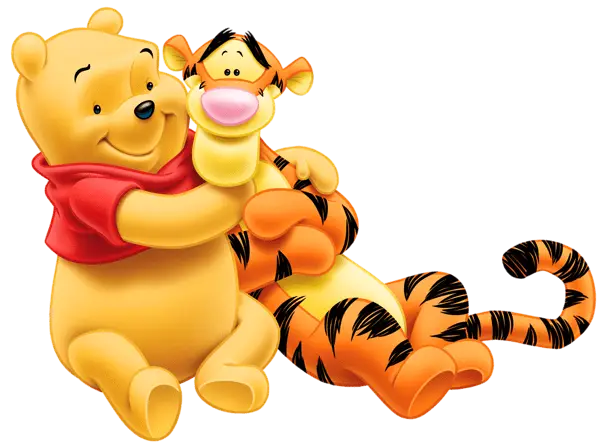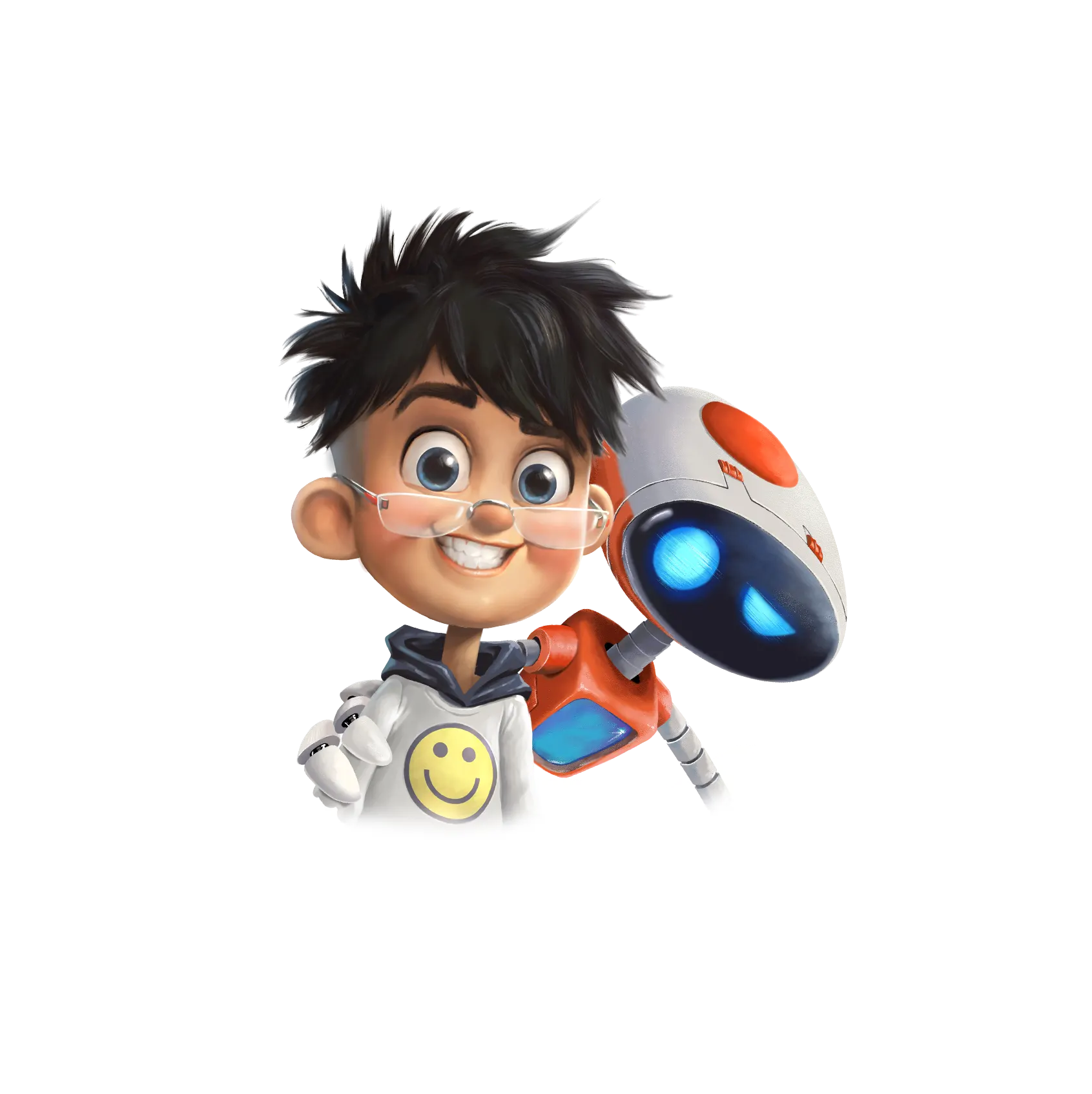As the title suggests, there are a number of dissimilarities in storyboarding live-action and animated productions. Many of these storyboarders usually specialize in one area or another due to the different drawing styles that are involved in the various or respective areas of production. A good example is depicted when live-action directors do not have the guts to stare at cartoony storyboards or even the live-action artists may not be in a position to draw cartoony styles. As a result, consider the following differences.
In live storyboards, artist’s styles never look alike. This means that the look of the characters and the boards don’t have to look much like the looks of the live-action actors. For instance, if one of the characters is fat and the other tall, those are some of the simple techniques applied to differentiate them on the boards. On the other hand, for animation storyboards, the storyboards have to bear a similar look to that of the characters on the modeling sheets. This is a feature that has been portrayed by a number of overseas animation studios however, for computer-generated or rather 3D animation, it is not a must that the characters should take after the board.
Another difference that arises between live storyboarding and animation storyboarding is the number of drawings necessary for a scene. In live-action, the beginning and end of any action are drawn and shots of other scenes that need to be seen are added. There is no need for detailed acts as the actors decide for themselves how they act. Subsequently, for animation storyboards, the animation is the characters. As a result, especially for hand-drawn animation, the keyframes must be shown. However, the in-between is then added as the animation progresses to smooth out the action.
In addition, the numbering of scenes and shots also differs in these two kinds of storyboarding. In live storyboarding, a shot encompasses the various camera angles used in one location during one period of time. However, on the animation storyboarding, hand-drawn animation considers every shot to be a new scene. Thus, when they are saying the living room examples you will have three scenes. The 3D animation scenes can be numbered either way but not as in live storyboarding.
In a nutshell, the above are some of the major differences between live storyboarding and animation storyboarding. Therefore, it is important to have a grasp of the distinctive features between the two comparable which will help when making your great order in the near future.


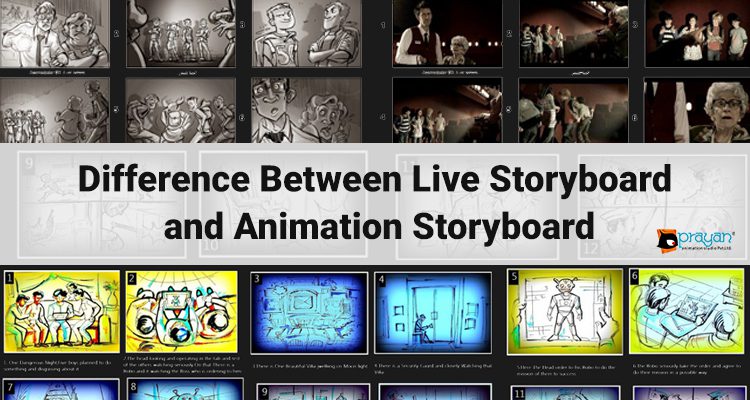


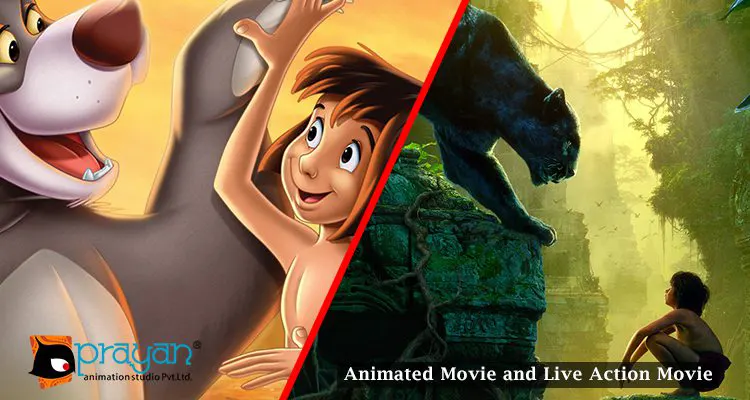
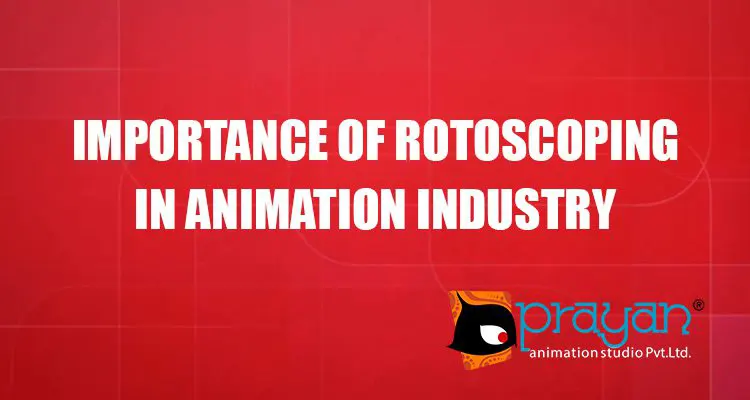
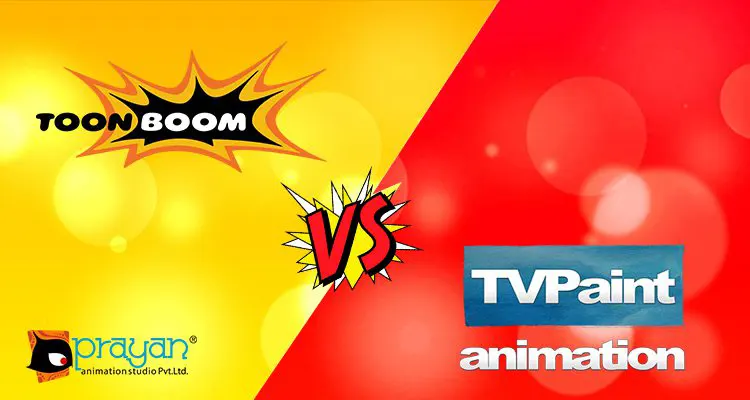
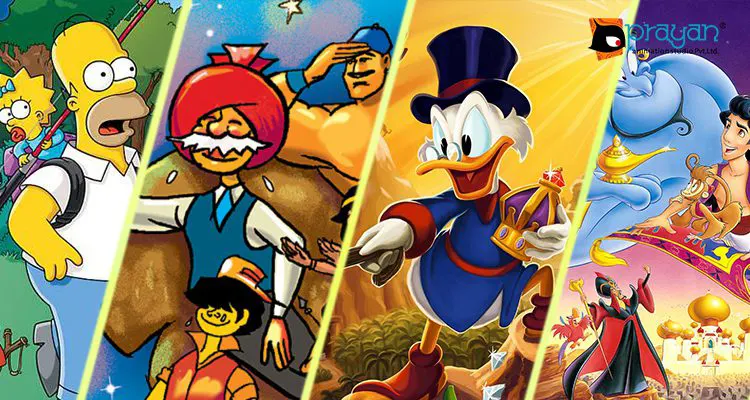
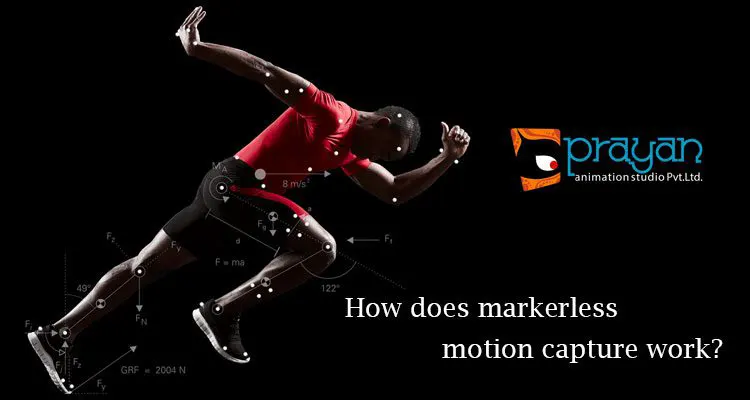

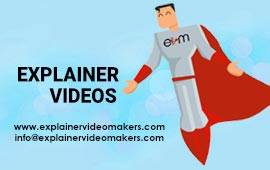
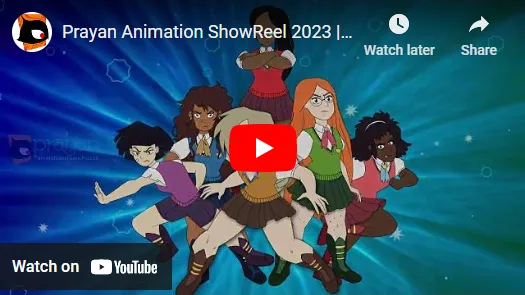

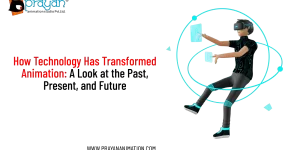



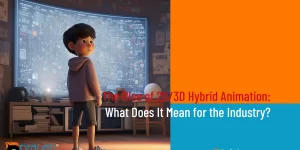
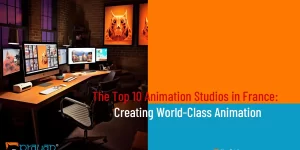

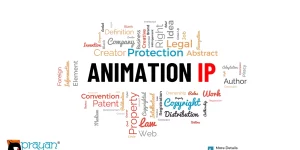
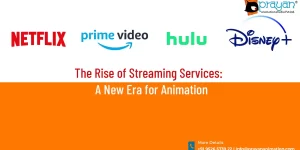
 We can help you.
We can help you. 

